SYNGONIUM WHITE BUTTERFLY
$1.16
A gorgeous mound of creamy white foliage touched with green combines with the arrowhead-shaped foliage to create an illusion of butterfly wings. The subtle color is a perfect accent to any décor. Easy to care for and adds a relaxed, natural feel used indoors, or can it be enjoyed outdoors during warm weather on a shaded porch, patio or deck. Looks wonderful cascading from a hanging basket. Also known as the ‘arrowhead plant’ on account of its uniquely shaped leaves, Syngoniums (known scientifically as Syngonium Podophyllum) are easy to grow houseplants which do well in bright indirect light and will thrive in your indoor garden, given the right conditions. Here’s a White Butterfly Syngonium care guide, as well as watering advice and propagation tips and tricks.
Out of stock
ABOUT SYNGONIUM WHITE BUTTERFLY
Easy to maintain, if looked after correctly, the Syngonium Podophyllum is a moderately fast growing aroid which will reward you with mottled foliage and arrow shaped leaves which resemble a butterflies wings, hence the name ‘white butterfly’. As the plant grows larger, the leaves become whiter and more remarkable with age. The plant is in the Araceae family, is semi-tropical ,and originates from Brazil, Bolivia, Ecuador, and Mexico.
A mature white butterfly arrowhead plant can reach around 18-24″ in width and around 18-24″ in height. The plant is unlikely to flower indoors, though the flowers are greenish/white in colour and kind of resemble the sort of bloom of a Peace Lily plant.
In warm weather, the plant can also thrive outdoors, though this, of course, will make your plant more susceptible to pests. The plant doesn’t enjoy temperatures of below 10 degrees Celsius and grows well alongside plants such as Aglaonemas and Dieffenbachias.
Uses & Benefits of SYNGONIUM WHITE BUTTERFLY
- Looks great spilling over container edges. Very decorative on a small table or in a hanging basket. May be displayed outdoors in warmer weather.
- Easy to care for and adds a relaxed, natural feel used indoors, or can it be enjoyed outdoors during warm weather on a shaded porch, patio or deck. Looks wonderful cascading from a hanging basket.
- Easy to maintain, if looked after correctly, the Syngonium Podophyllum is a moderately fast growing aroid which will reward you with mottled foliage and arrow shaped leaves which resemble a butterflies wings, hence the name ‘white butterfly’. As the plant grows larger, the leaves become whiter and more remarkable with age. The plant is in the Araceae family, is semi-tropical ,and originates from Brazil, Bolivia, Ecuador, and Mexico.
- In warm weather, the plant can also thrive outdoors, though this, of course, will make your plant more susceptible to pests. The plant doesn’t enjoy temperatures of below 10 degrees Celsius and grows well alongside plants such as Aglaonemas and Dieffenbachias.
CARE AND PLANTING
Planting Instructions
- Start with a good quality, commercial potting soil. These are usually lighter in weight than topsoil, sterile and pest-free.
- Many are available with a mild starter fertilizer in the mix.
- Select a container with a drainage hole or be prepared to drill holes for drainage if there are none.
- Prepare the container by filling with potting soil up to 2” (5cm) from the rim of the planter. Remove the plant from its pot.
- Make a small hole in the soil slightly larger than the root ball either by hand or using a trowel.
- Insert the plant into the hole and press soil firmly around the roots and just covering the root ball.
- When all the plants are potted, water thoroughly to settle the soil and give plants a good start.
- Place plant in a reliably sunny location.
- Repot every 2 years in the same container or in a container slightly larger than the diameter of the roots.
Watering Instructions
- Prefers moist but well-drained soil. Check the soil moisture with your finger. If the top 2-4” (5-10cm) of soil is dry, or plants are wilted, it is time to water.
- Apply water at the soil level if possible to avoid wetting the foliage. Water the entire soil area until water runs out the base of the pot. This indicates that the soil is thoroughly wet.
Fertilizing Instructions
- Fertilizers are available in many forms: granulated, slow-release, liquid feeds, organic or synthetic. Determine which application method is best for the situation and select a product with a nutritional balance designed for foliage plants.
Too much fertilizer can damage plants so it’s important to follow the package directions to determine how much, and how often, to feed plants. - Slow-release fertilizers are an especially good, care-free choice for container plants. A single application can often provide plants with the proper level of nutrition all season long.
Pruning Instructions
- Most container plants can be pruned freely to maintain the desired size and shape.
- Keeping the foliage trimmed also keeps the plants looking neat and tidy, encourages the plant to develop more side-shoots and flowers, and reduces the demand for the plant to develop a larger root system.
- This is important since the roots are in a confined space.
Be the first to review “SYNGONIUM WHITE BUTTERFLY” Cancel reply
Related products
Uncategorized
Uncategorized
Uncategorized
Uncategorized
Uncategorized
Uncategorized
Uncategorized
Uncategorized

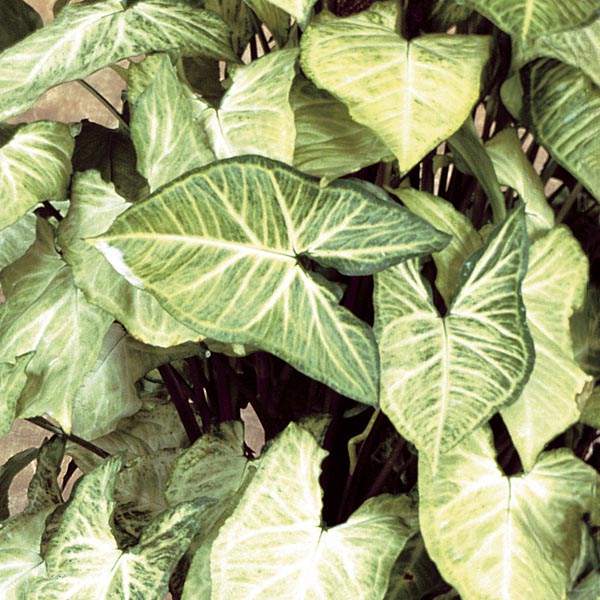
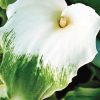
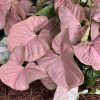
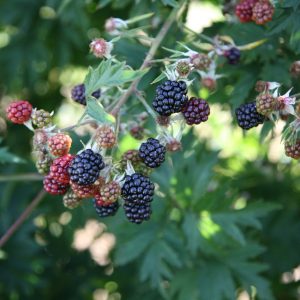
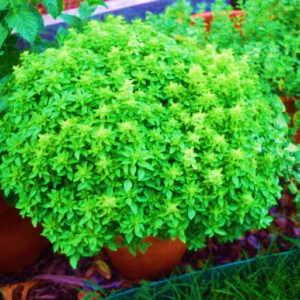
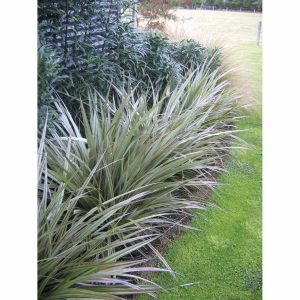
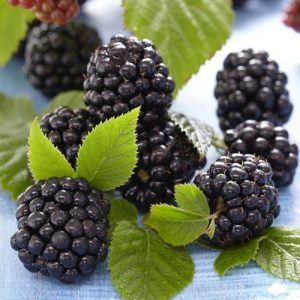
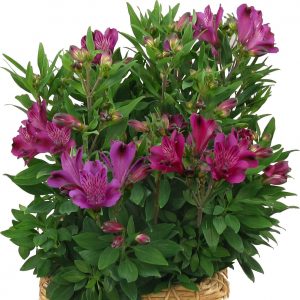
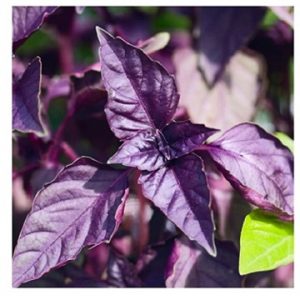
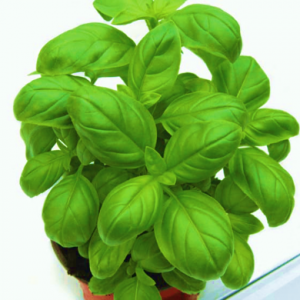
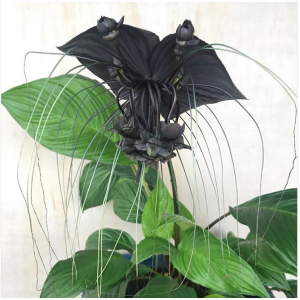
Reviews
There are no reviews yet.